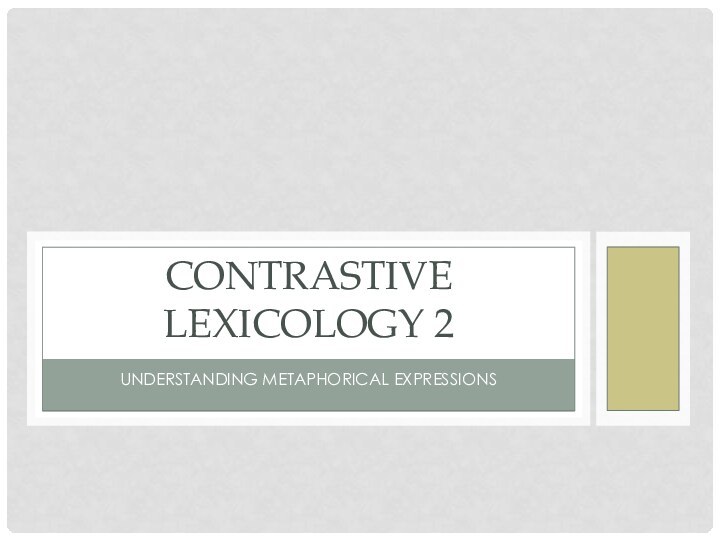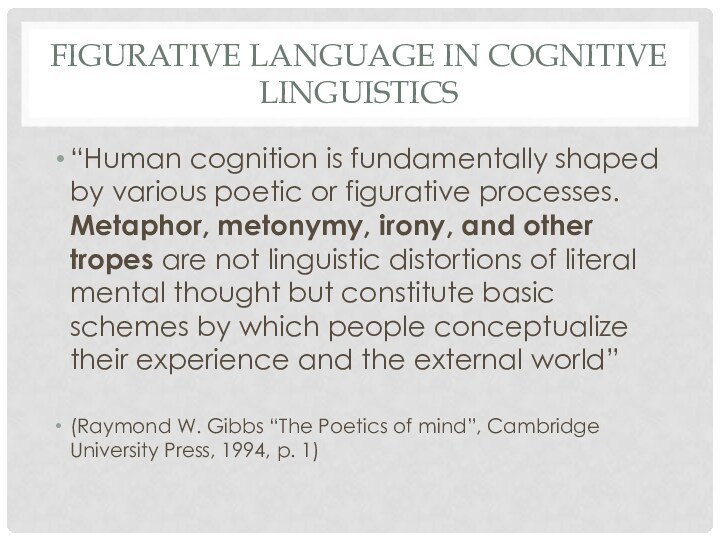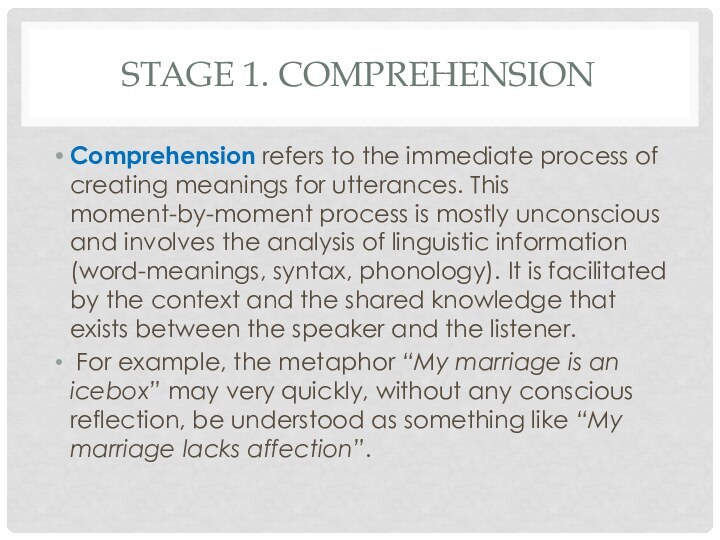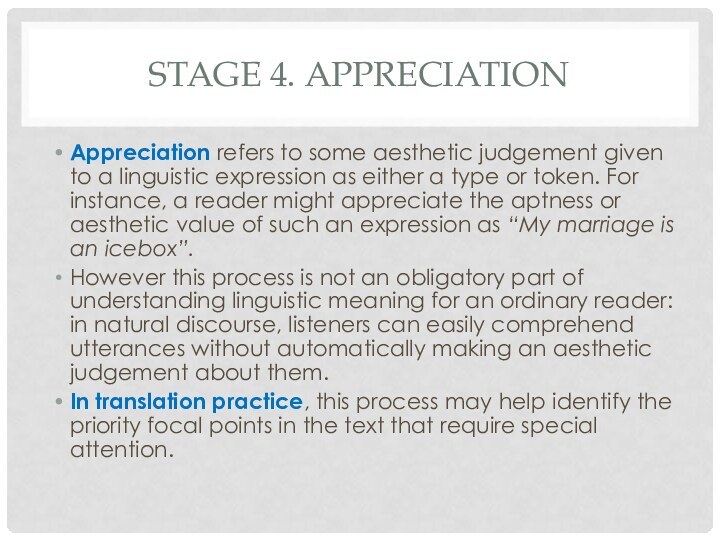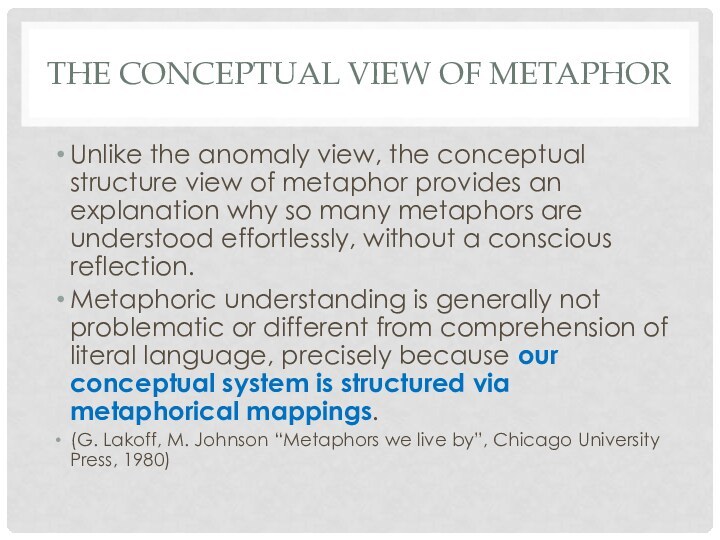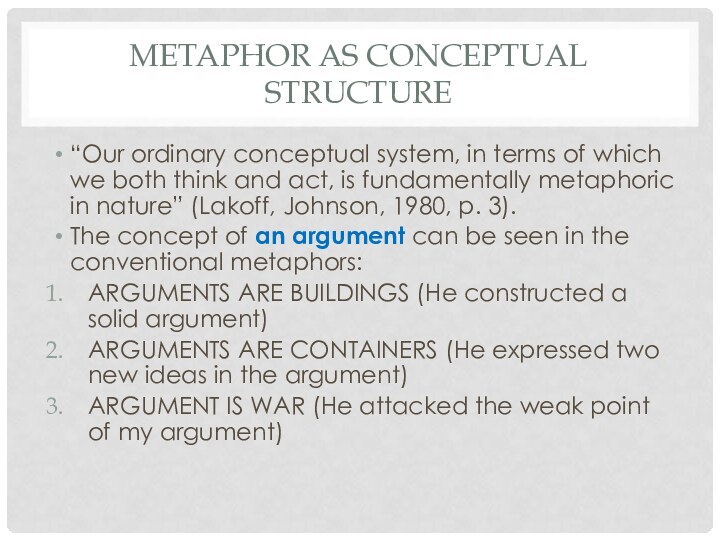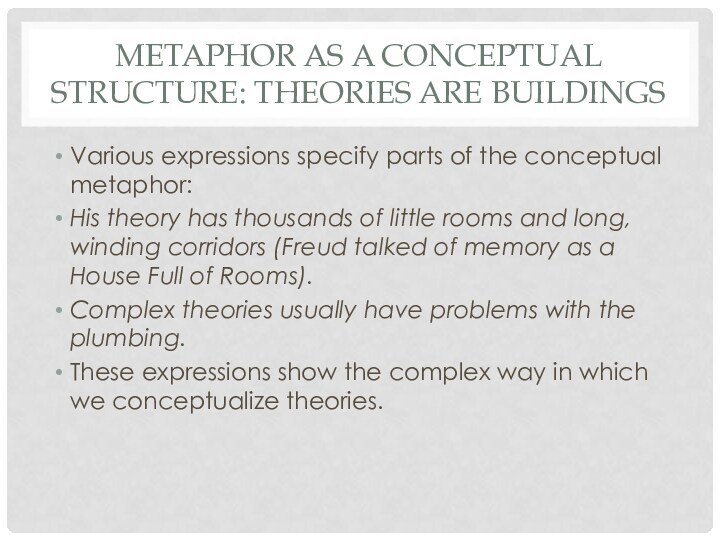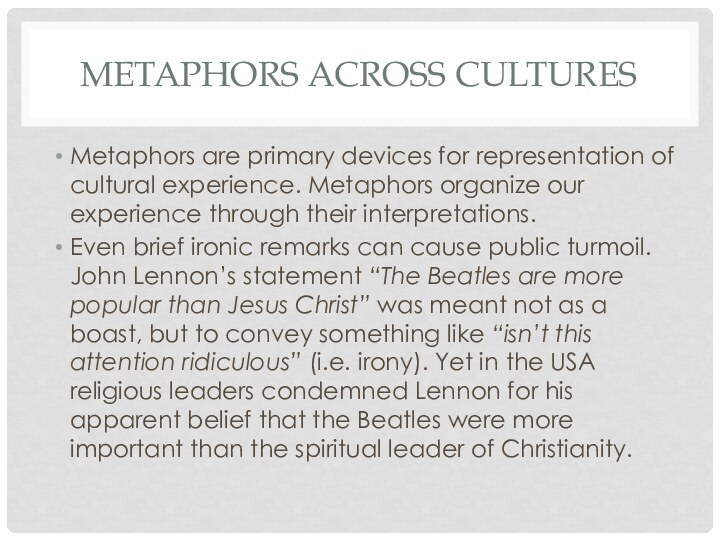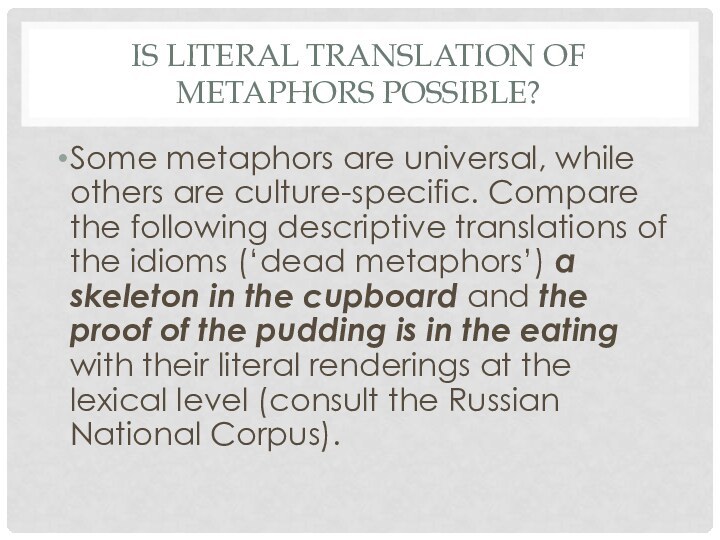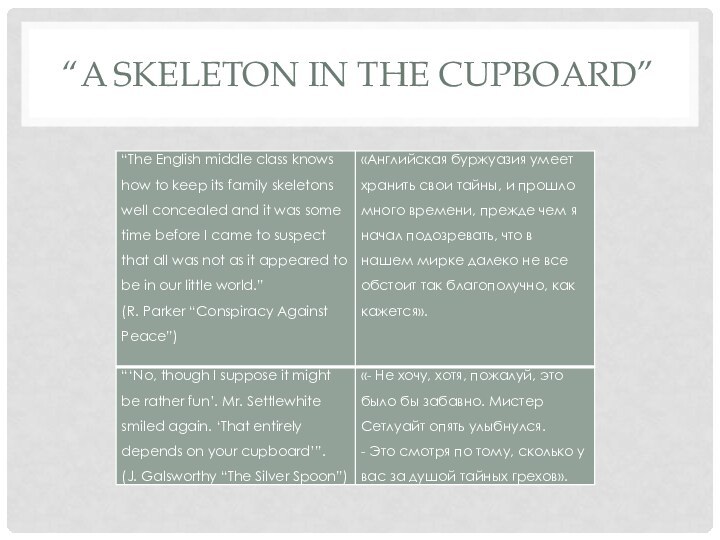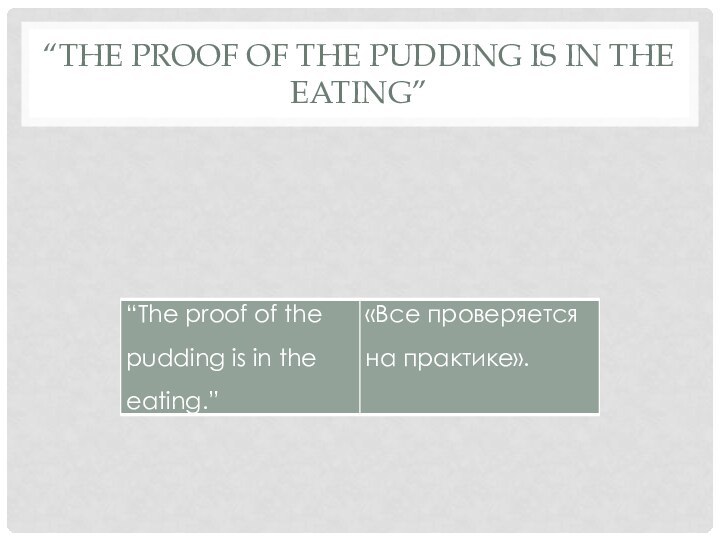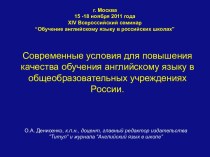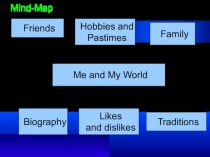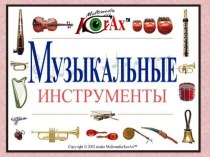Слайд 2
FIGURATIVE LANGUAGE IN COGNITIVE LINGUISTICS
“Human cognition is fundamentally
shaped by various poetic or figurative processes. Metaphor, metonymy,
irony, and other tropes are not linguistic distortions of literal mental thought but constitute basic schemes by which people conceptualize their experience and the external world”
(Raymond W. Gibbs “The Poetics of mind”, Cambridge University Press, 1994, p. 1)
Слайд 3
THE PROCESSES OF UNDERSTANDING
While literal meanings are ordinary
and primary, figurative expressions may possess many potential meanings.
It is the indeterminate nature of much figurative language that makes its meaning seem special (e.g. Marriage is like an icebox).
Understanding of metaphor leading to its adequate translation may roughly be divided into four stages corresponding to linguistic comprehension, recognition, interpretation, and appreciation.
Слайд 4
STAGE 1. COMPREHENSION
Comprehension refers to the immediate process
of creating meanings for utterances. This moment-by-moment process is
mostly unconscious and involves the analysis of linguistic information (word-meanings, syntax, phonology). It is facilitated by the context and the shared knowledge that exists between the speaker and the listener.
For example, the metaphor “My marriage is an icebox” may very quickly, without any conscious reflection, be understood as something like “My marriage lacks affection”.
Слайд 5
STAGE 2. RECOGNITION
Recognition refers to the conscious identification
of linguistic expressions as types. For example, the meaning
of a particular utterance may be consciously recognized as metaphorical.
In natural discourse, listeners do not probably have a conscious recognition that different utterances in conversation are ironic, idiomatic, hyperbolic, literal, and so on. But for the translator, this kind of awareness (whether the expression is literal or metaphorical) is an obligatory stage in searching for the optimal translation equivalent.
Слайд 6
STAGE 3. INTERPRETATION
Interpretation refers to analysis of particular
linguistic expressions as tokens, i.e. within a given text,
utterance, or context. It operates later than comprehension processes and usually requires conscious reflection about what text or speaker means.
For example, the phrase “My marriage is an icebox” may result in a particular set of entailments about the way that marriages and iceboxes are similar:
Iceboxes are cold like some marriages
Iceboxes are small and confining, etc.
Слайд 7
STAGE 4. APPRECIATION
Appreciation refers to some aesthetic judgement
given to a linguistic expression as either a type
or token. For instance, a reader might appreciate the aptness or aesthetic value of such an expression as “My marriage is an icebox”.
However this process is not an obligatory part of understanding linguistic meaning for an ordinary reader: in natural discourse, listeners can easily comprehend utterances without automatically making an aesthetic judgement about them.
In translation practice, this process may help identify the priority focal points in the text that require special attention.
Слайд 8
CONCLUSION: ORDINARY READERS VS. LANGUAGE RESEARCHERS
During the understanding
of figurative language in everyday speech or even in
literary texts, ordinary readers may comprehend the meaning of tropes without recognizing that each utterance is metaphorical, ironic, idiomatic, and so on. They often do not require cognitive effort beyond comprehension.
Language researchers and translators, on the contrary, build their analysis on a unique theoretical explanation of all the four stages to ensure a deeper penetration into the context.
Слайд 9
THE CONCEPTUAL VIEW OF METAPHOR
Unlike the anomaly view,
the conceptual structure view of metaphor provides an explanation
why so many metaphors are understood effortlessly, without a conscious reflection.
Metaphoric understanding is generally not problematic or different from comprehension of literal language, precisely because our conceptual system is structured via metaphorical mappings.
(G. Lakoff, M. Johnson “Metaphors we live by”, Chicago University Press, 1980)
Слайд 10
METAPHOR AS CONCEPTUAL STRUCTURE
“Our ordinary conceptual system, in
terms of which we both think and act, is
fundamentally metaphoric in nature” (Lakoff, Johnson, 1980, p. 3).
The concept of an argument can be seen in the conventional metaphors:
ARGUMENTS ARE BUILDINGS (He constructed a solid argument)
ARGUMENTS ARE CONTAINERS (He expressed two new ideas in the argument)
ARGUMENT IS WAR (He attacked the weak point of my argument)
Слайд 11
METAPHOR AS A CONCEPTUAL STRUCTURE: THEORIES ARE BUILDINGS
Various
expressions specify parts of the conceptual metaphor:
His theory has
thousands of little rooms and long, winding corridors (Freud talked of memory as a House Full of Rooms).
Complex theories usually have problems with the plumbing.
These expressions show the complex way in which we conceptualize theories.
Слайд 12
METAPHORS ACROSS CULTURES
Metaphors are primary devices for representation
of cultural experience. Metaphors organize our experience through their
interpretations.
Even brief ironic remarks can cause public turmoil. John Lennon’s statement “The Beatles are more popular than Jesus Christ” was meant not as a boast, but to convey something like “isn’t this attention ridiculous” (i.e. irony). Yet in the USA religious leaders condemned Lennon for his apparent belief that the Beatles were more important than the spiritual leader of Christianity.
Слайд 13
IS LITERAL TRANSLATION OF METAPHORS POSSIBLE?
Some metaphors are
universal, while others are culture-specific. Compare the following descriptive
translations of the idioms (‘dead metaphors’) a skeleton in the cupboard and the proof of the pudding is in the eating with their literal renderings at the lexical level (consult the Russian National Corpus).
